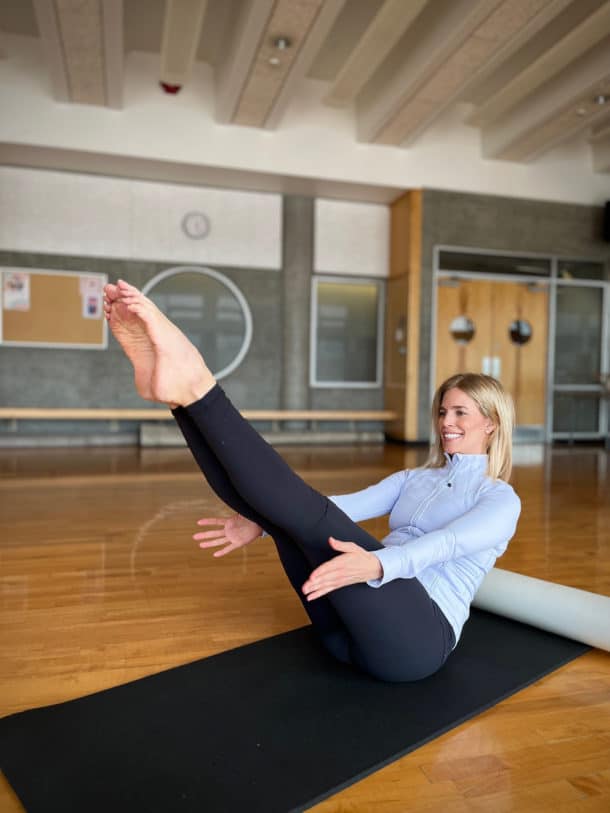Tennis elbow is an injury caused by repetitive use.
Tennis elbow [aka: lateral epicondylitis] is a repetitive use injury. Any job or sport that requires a single movement over and over puts you at higher risk for an overuse injury. If your job requires repetitive motion with your fingers, wrist and forearm that places excessive force, stress or strain on your forearm muscles, you are at a risk for developing tennis elbow. It’s a common injury for cooks, plumbers, painters and carpenters.
Tennis elbow is most common in people 40-60 years old. However, it can occur at any age. Some people get symptoms gradually after doing the same type of work or playing a sport for several years. Others get it suddenly, soon after they start doing a new type of work or playing a new sport. The good news is that there are things that you can do to prevent it.
Three things you can do to prevent tennis elbow
Regardless of the activity or sport that puts you at risk, there are three things that you can do to reduce your risk of injury:
1/ Develop good form
Technique matters whether you’re playing a racquet sport or doing your job. Your movements should be smooth rather than jerky and your wrist should be kept in a neutral position for the duration of the movement.
In tennis, the forehand and backhand swing should actually be a unit turn. As you might imagine from the name unit turn, “your swing” should come from your core and not your arm. If you’re new to tennis, it’s worth the money to work with a good coach to get the technique down. Doing so will help you prevent injury and improve your game.
2/ Invest in good design
Your equipment and the environment can also make a big difference in how taxing a job or sport can be on your body. Essentially, you want to reduce as much repetition and stress as possible by:
1/ Investing in good equipment: Buy equipment that can reduce the stress of repetitive movements. For tennis players, the right racquet, strings and grip will reduce the strain on your forearm and improve your game. If you play frequently and plan to compete, buy a second racquet as a back up.
2/ Adjusting your environment: Keep the things you need most often within a comfortable reach. For tennis players, it takes good footwork to always have the ball in comfortable reach. Adding some cardio tennis to your workout schedule can help and it’s fun.
3/ Planning your day: Do different tasks during your day so that your forearms get a break. If you work in an industry with high risk jobs or do a high risk job, look for ways to automate repetitive tasks and make roles more expansive to incorporate a variety of movement. For tennis players, a good coach can help design a training regimen to reduce injuries and improve your game.
3/ Warm up
Stretch before you start work, practice or play to prepare your body for the physical demands. If you’re in the habit of standing every hour, do a few exercises to stretch and strengthen your wrists and forearm muscles while you’re at it.
Symptoms & Treatment
If you’re experiencing pain or weakness when you shake hands or grip your racquet, turn a doorknob or hold a cup, you may already have tennis elbow. If so, the best thing you can do is to take a break from the activities that cause pain to give our body the time necessary to heal. It can take 4-6 weeks. Ice and over-the-counter anti-inflammatory pain medications can help ease the pain during your recovery. If you need to speed up the healing process, consult your doctor to explore your treatment options.
Contact Us
Please email us to request more information about our services and collaborations.
Stay Connected
Subscribe free to receive our latest tips, workouts, exclusive offers and community notifications every Monday. Read the Latest Newsletter.



